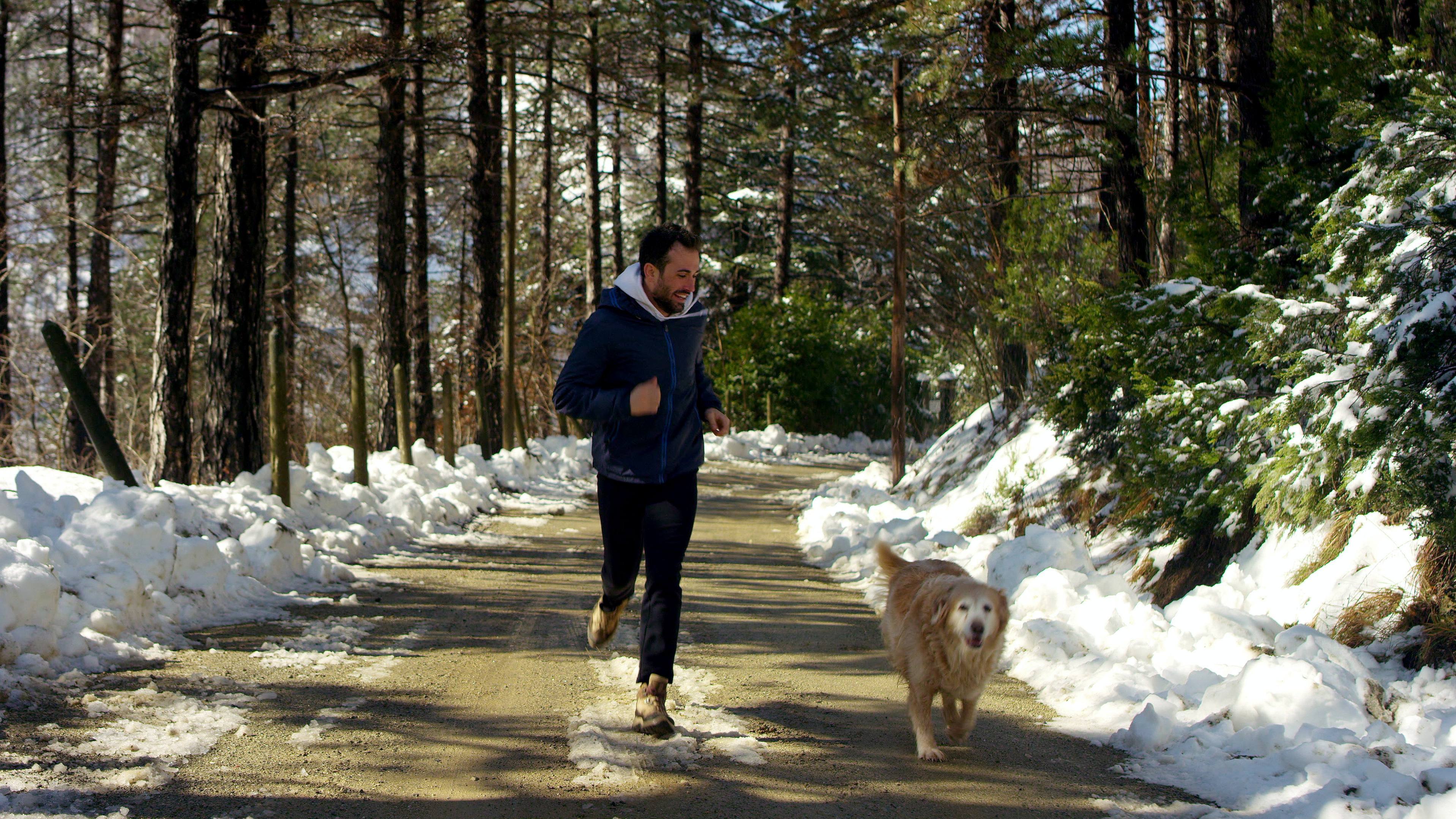-
Featured News
Outside exercise in cold conditions

Some studies have shown that adults are likely to gain a few pounds over winter. So even though it's easy to bundle up and stay inside, bundling up to enjoy some outdoor exercise could help prevent putting on those extra pounds.
“Outdoor exercise during the winter can carry many potential benefits, if done correctly,” says Sue Karpinski, employee well-being specialist at Mayo Clinic Health System in La Crosse, Wisconsin. “Past studies have shown that exercising in cold weather can turn white fat into beige or brown fat, which is a calorie-burning fat. Brown fat can burn calories and generate heat, which is why it is referred to as a ‘good’ fat.”
She suggests trying snow tubing or sledding. The walk back up the hill is excellent work for muscles. If you're not that adventurous, simply walking and playing in the snow is a great way to work on your balance and strengthen your core. The key to being active outdoors is to choose fun activities you can do alone or with family and friends.
If temperatures dip below 0 degrees Fahrenheit, it may be better to exercise indoors. But if the temperature isn’t too chilly, Karpinski recommends these tips when exercising outdoors:
- Dress in layers.
The typical rule of thumb is to dress like its 20 degrees warmer than the current temperature. While it may feel chilly at first, you should warm up once you get moving. - Watch weather conditions.
If temperatures dip into the negatives, it is better to stay inside. It is also important to keep an eye on ground conditions and pay attention to ice and slush. - Wear proper gear.
Because of less sunlight, it is important to wear reflective gear and bright clothing if you are exercising before sunrise or after sunset. If it is raining, be sure to wear waterproof gear. - Warm up before heading outside.
Doing stretches or a quick run up and down the stairs can get your body ready for exercise and help avoid injury. - Stay hydrated.
The cold temperature doesn’t stop the production of sweat, so it is important to stay hydrated and replace the fluids that you’ve lost.
Because it’s harder to get the daily vitamin D your body needs during the winter months, get the most benefit by scheduling your activity when sunlight is optimal. And just getting outside for a breath of fresh air can be beneficial, since cabin fever and seasonal depression affect many people.
“Exercising outdoors in winter temperatures has its benefits, but don’t feel like that is the only way to exercise during the winter,” says Karpinski. “If it gets too cold or if you aren’t a cold weather fan, exercising indoors is a better option than skipping exercise.”
Related post:
Mayo Clinic Minute: 3 tips for healthy fitness during winter







